Fergana Valley
Fergana valley
Fergana valley is a very fertile area between the Tien-Shan mountains Chatkal range in the North and the Gissar-Alai mountain ranges in the south in Central Asia, divided between the sovereign post-Soviet states of Uzbekistan, Kyrgyzstan and Tajikistan. This densely populated area with a length of about 300 km and a width of about 140 km is very diverse between the different ethnic groups, mainly consisting of Uzbek, Tajik and Kyrgyz people with some minorities, that have been mixed one with the other.
Since the independence of the previous Soviet republics, there have been disputes of land and water ownership between the countries and people still sometimes feel that they are on the wrong side of the border in relation to their cultural identity. There are also some known oil reserves in Fergana valley which have increased the stakes in the quarrels of the land control. Nevertheless, Fergana valley is a beautiful destination and is therefore included in many of our Uzbekistan Tours and Central Asia Tours.
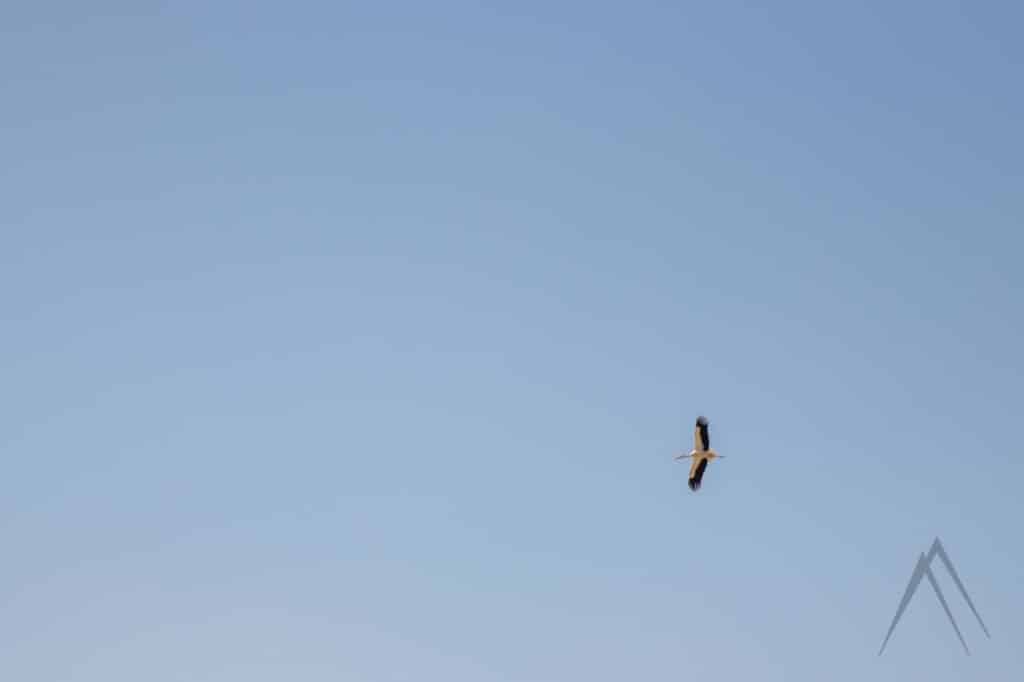
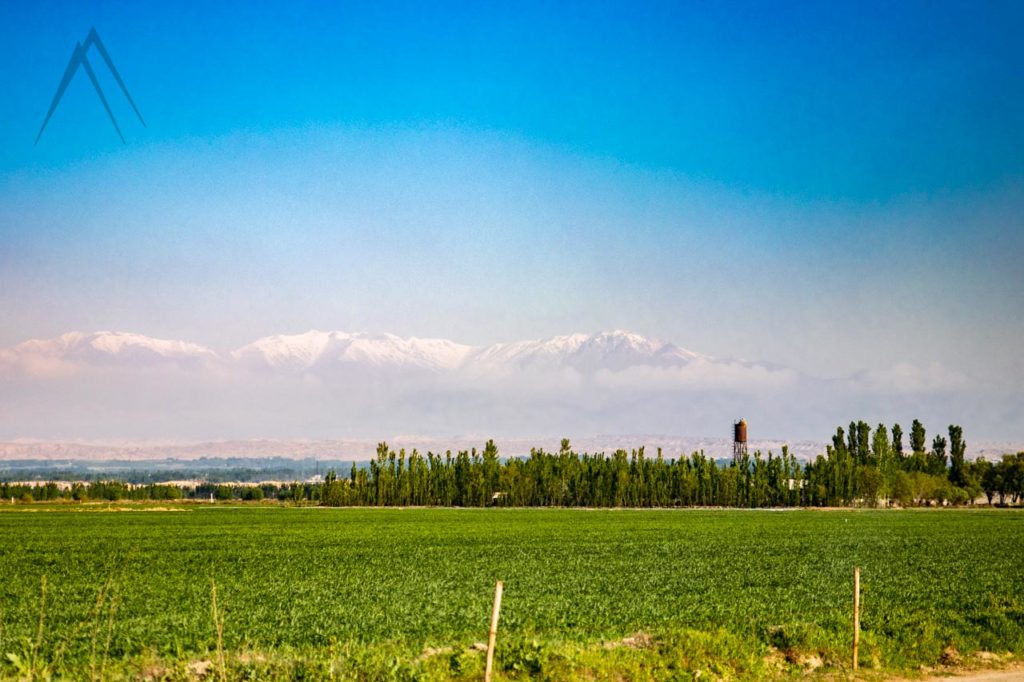
Fergana valley is also the place where the Soviet scientists had difficulties in deciding the ethnicity of people meaning that there are several enclaves in the valley. (Enclaves are small pieces of locked land inside another country, belonging to another one, making sometimes the traveling for foreigners hard as the roads sometimes cross the enclaves with border control stops.) Nowadays most of the main roads have been rerouted according to the borders but it is not rare the once in a while the road makes a short pass over the border without you really noticing it.
There have been people living in this fertile and water rich valley for more than 3000 years already and it has been conquered numerous times by different conquerors during its history. While traveling in Fergana, keep your eyes open and you might realize that you are looking at a thousand year old clay fortress or the ruins of a medieval city. This valley is also one of the places in Central Asia where the Soviet Union heavily invested in cotton production and it is still a major business in Fergana.

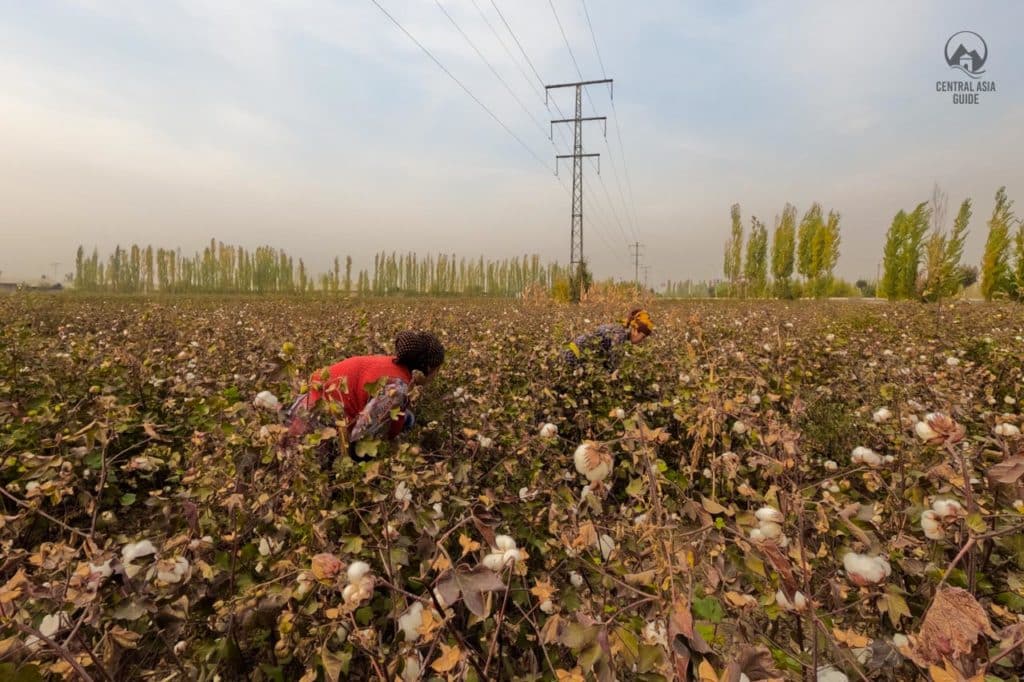
The famous Syr Darya river, which runs all the way to Aral sea, originates from Fergana valley where the Naryn river and Kara Darya rivers confluence near Namangan. These two major rivers along with several smaller ones provide an abundant amount of water to the irrigation of the Fergana valley thus making it possible to grow cotton, rice, fruits and other agricultural products in the whole valley. The precipitation amount in the valley is fairly low and the summers are hot. If you take a look at the satellite images of the valley you will notice that almost every fertile spot of it is utilized in agricultural use excluding the villages and cities. The major cities in Fergana valley are Kokand, Andijan, Fergana, Osh, Namangan, Margilan and Khujand.
When traveling in Fergana valley, always bear in mind that the borders of sovereign states are surprising and not all the borders are open for foreigners. Make sure that you have the valid Visas at place where necessary when traveling between destinations and especially if you are nearby any enclaves. Fergana valley is also the most religious and traditional part of Uzbekistan and Kyrgyzstan.
History of Fergana Valley
Fergana valley has been a price wanted by many many nations throughout the history for thousands of years. It has been part of different types of kingdoms, empires, states and religions. Arabs, Bactrians, Greeks, Khanates, Mongols, Persians, Russians, Sogdians, Soviets, Scythians, Turks and even Chinese have had their eye and influence on the region in order to get their hands to the famous Heavenly or blood (or heavenly) horses.
Fergana valley has also been one of the main trade routes between China and Europe as one of the routes of the Silk Road. From those times already there are several ruined cities and fortresses to be explored. They are mostly not very well excavated or established, with broken pottery lying around for anyone to be found and not much information is usually available at the places.
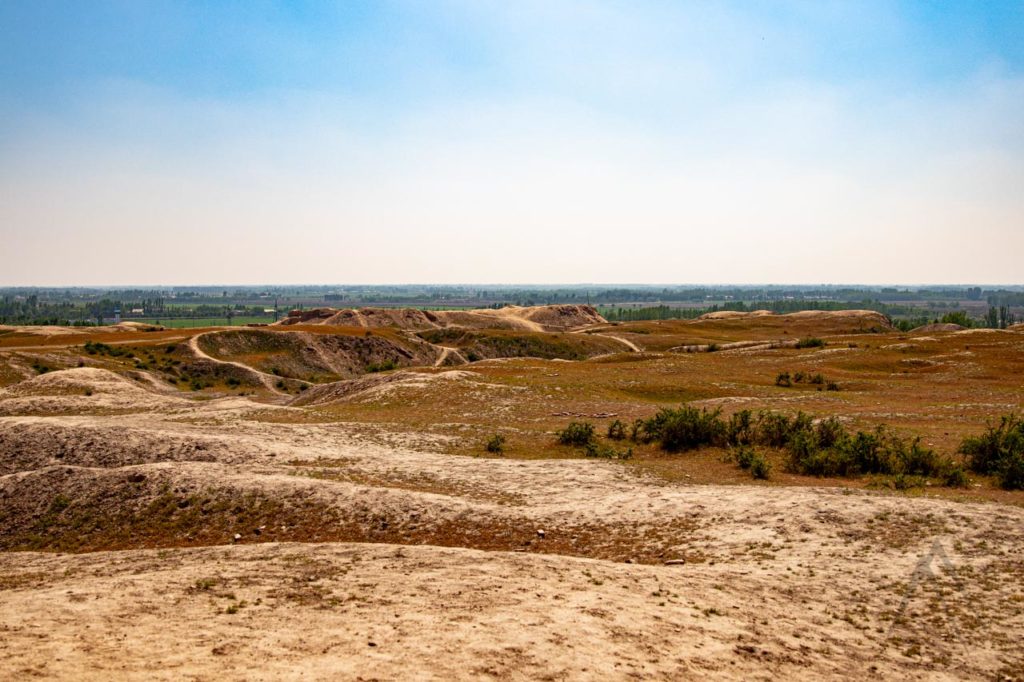

Destinations & sights of Fergana valley
Fergana valley is a place to observe the agriculture-based life of the Central Asian peoples together with the rich culture of handicrafts in the different workshops. Here you can also observe the countless channels providing water to the fields from several rivers. This valley also holds several old fortress cities from the Silk Road and earlier times but not much of them have survived to our time due to the frequent earthquakes and as everywhere in the region,
Genghis Khan has played his role in erasing the achievements of many nations her as well. Fergana is also a melting pot of different cultures combining all the Central Asian cultures together taking something from each of them, though Uzbek culture is still dominant here. In addition to observing everyday life, this valley also offers many highlights scattered around and each city in Fergana valley is different and it is very hard to describe Fergana valley as it is so diverse and you could spend there months exploring if you want to dig deeper but can also just pass by checking the highlights in a couple of days.
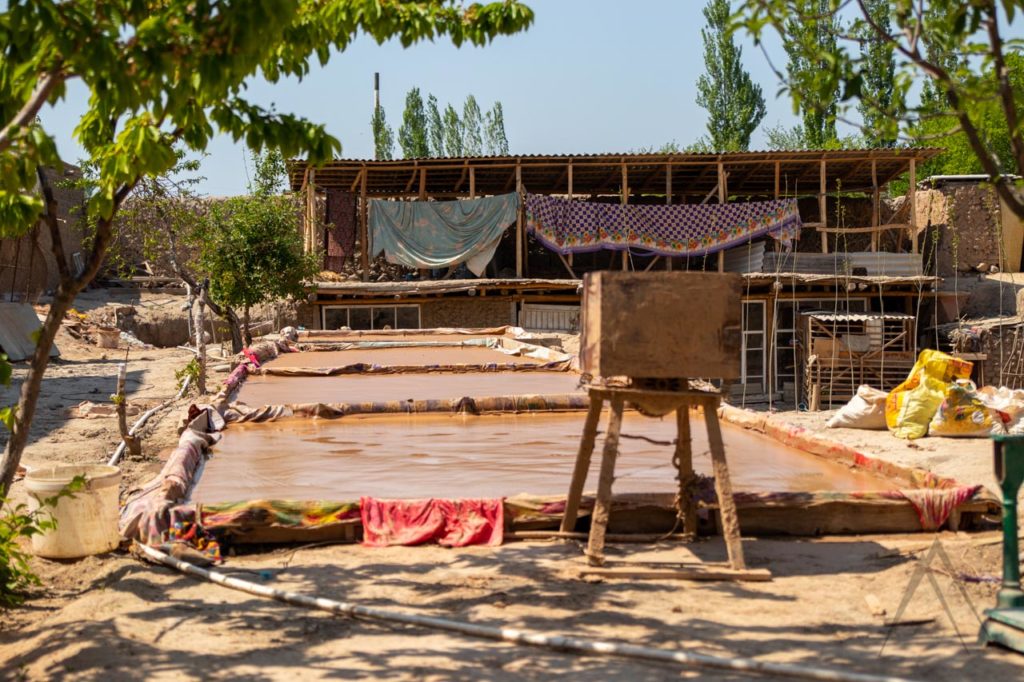

Highlights of Fergana valley
Highlights of Fergana valley are the silk “factories” of Margilan, the ceramics workshops of Rishton, the knives and skullcaps workshops in Chust and the colorful monuments in Kokand not to forget the woodcarvers in Kosonsoy.
More historic highlights are the Khan’s palace in Kokand, the vast Aksikent ruined city and the fortress built by Alexander the great in Khujand. This all has been mixed with the Soviet heritage that is slowly disappearing.
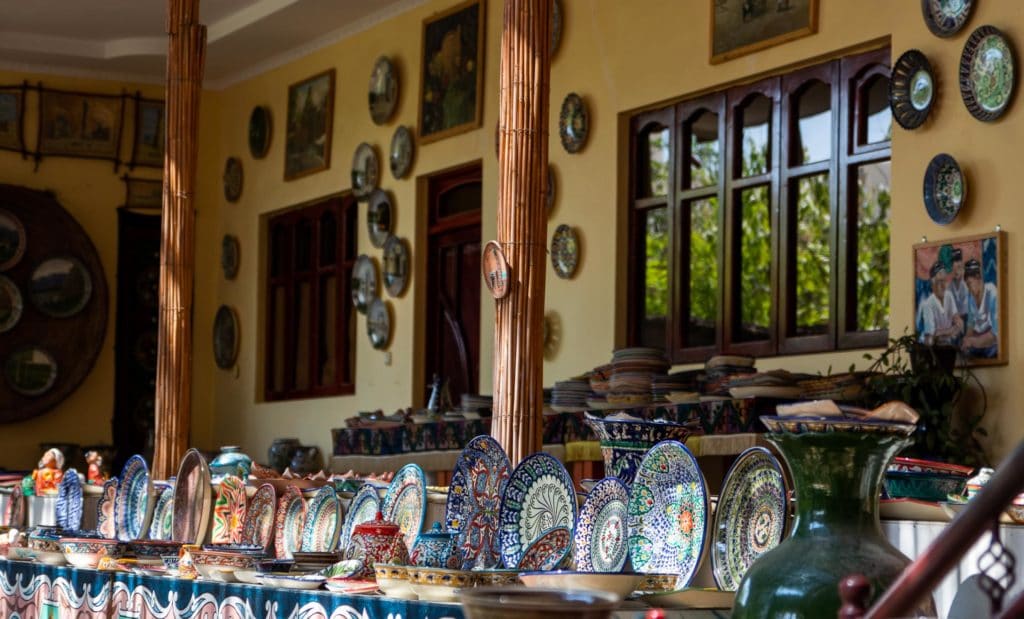
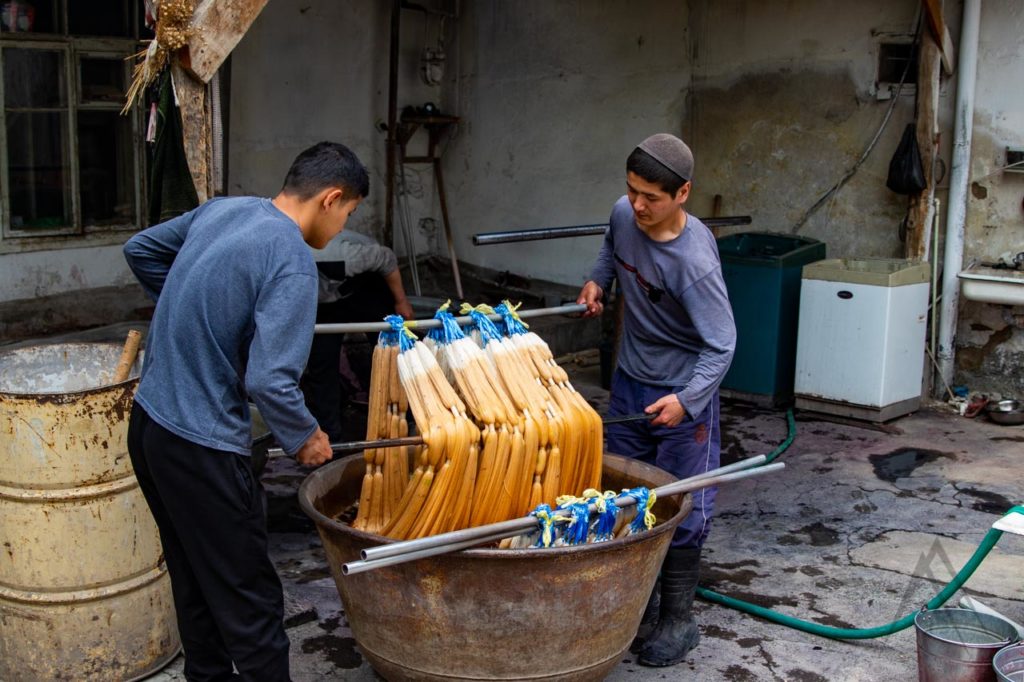
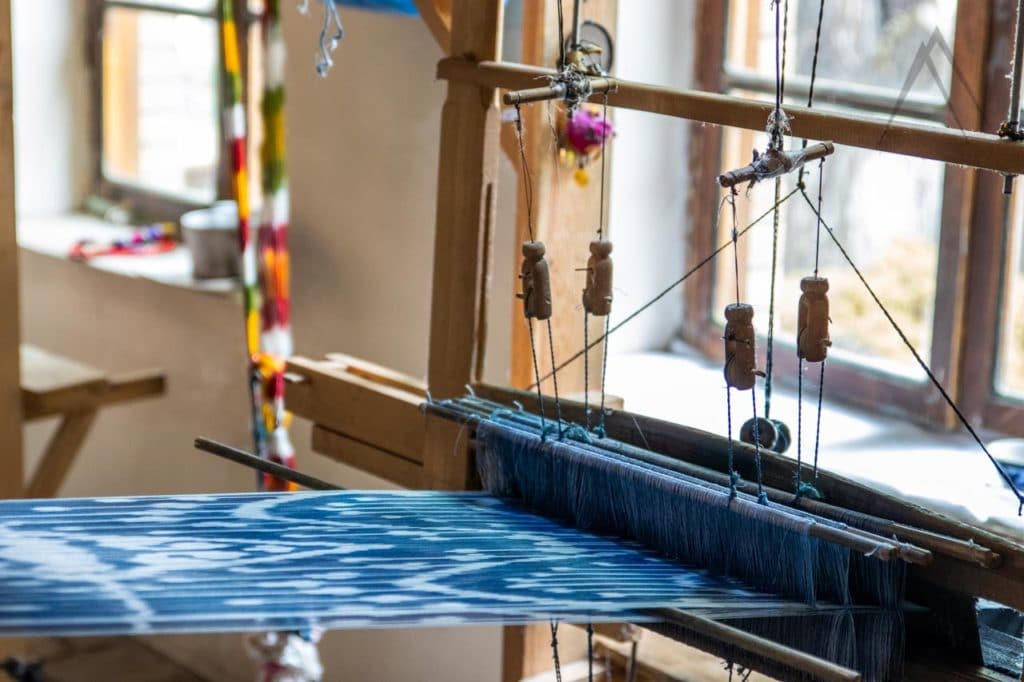
In Margilan there are several silk factories happy to show the tourists how the silk is being produced starting from the cocoons of silkworms all the way to finished products. The bazaars here also offer more variety in the silk products than elsewhere in Central Asia and the prices are fairly inexpensive. Rishton is the place where most of Uzbekistan’s beautiful and well known ceramics are made in.
Tourists can observe the masters in their work as they skillfully paint the dishes by hand. Chust Bazar is the place to buy the distinctive Fergana valley knife or the Uzbek-type hat. Kokand is the best-preserved old city in Fergana with an old Khan palace, mosques and madrasas for history lovers. If you like the skillfully carved wooden pillars and the magnificent doors and other skillfully done wooden handicrafts, then you must venture to Kosonsoy in the northern part of the valley and check the Bazar there.
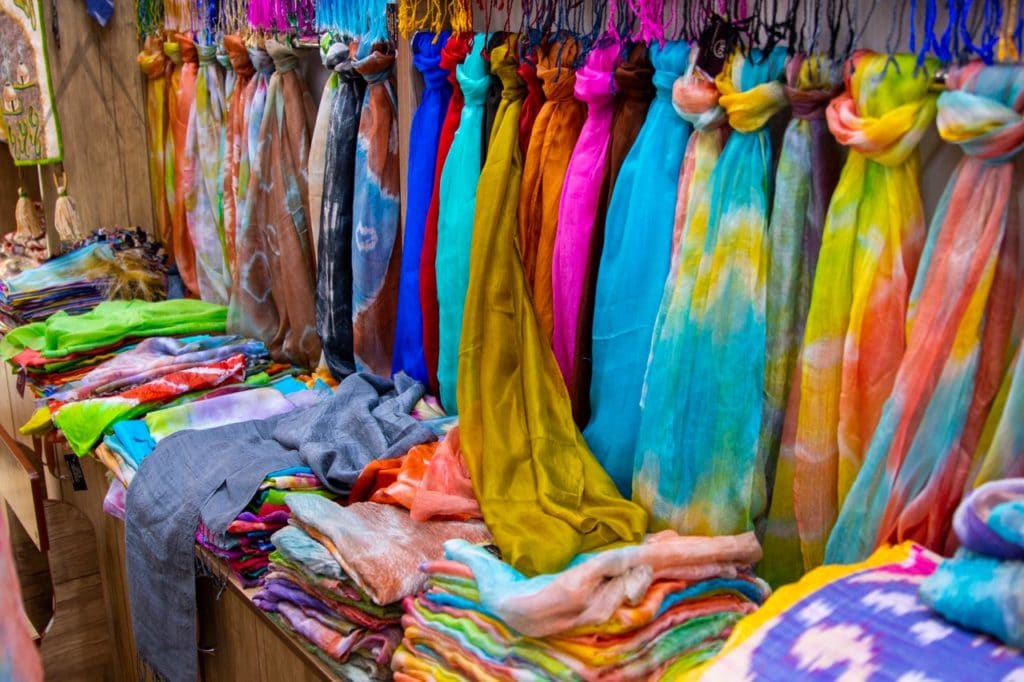

Tours including Fergana Valley
Sights & Destinations in Fergana Valley
Page updated 7.1.2023